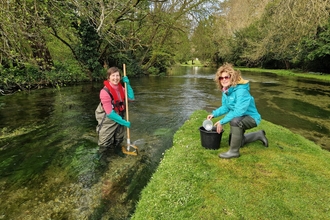
SmartRivers Results for Spring 2023
As our volunteers continue to monitor the Test and Itchen headwaters, the latest SmartRivers results reveal water quality concerns.

As our volunteers continue to monitor the Test and Itchen headwaters, the latest SmartRivers results reveal water quality concerns.

On Sunday 19th May, 20 staff members from Hampshire & Isle of Wight Wildlife Trust took on the Romsey Relay Marathon
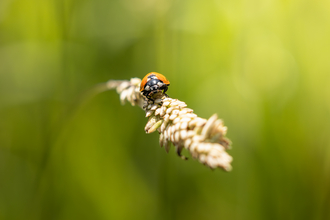
There are around 4,000 different species of beetles in the UK, all with important roles to play in our ecosystem.
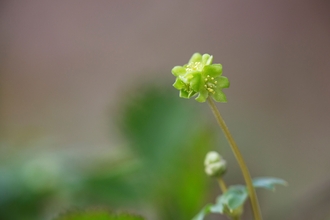
Plants can have many names. An individual plant may be known by a common name (of which there may be several) along with its Latin name (which is unique to each plant). These names are frequently…
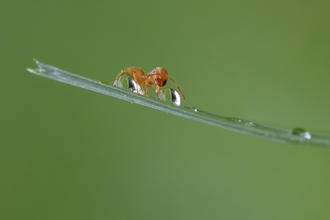
The UK’s woodlands are home to a formidable predator, known for its aggression and large biting jaws, this orange and black bodied hunter is famed for its role in keeping pest numbers down.
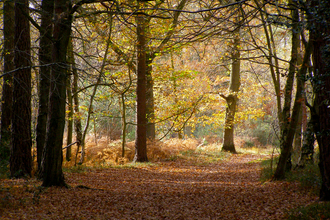
The first three months of the year have been
characterised by the extremely mild wet weather that
has led to the paths and tracks becoming very muddy.
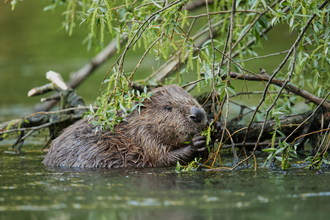
This international beaver day we are celebrating how amazing this ecosystem engineer is and how beavers could help create a wilder wight along the Eastern Yar river on the Isle of Wight.
In Alresford, the civic society is helping visitors to understand the history and ecology of the River Arle.
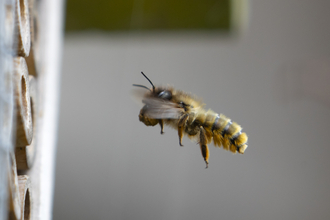
When thinking of bees, naturally you would think they all live in large colonies, with hives humming from the sound of thousands of bees busy at work. However, this is not the case as some bees…
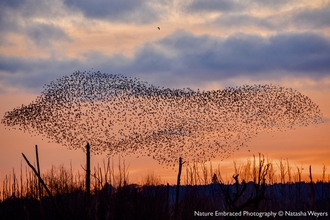
Winter heralds the arrival of large numbers of birds to our shores, all arriving from cooler climates, among them, starlings, one of our most familiar garden birds.